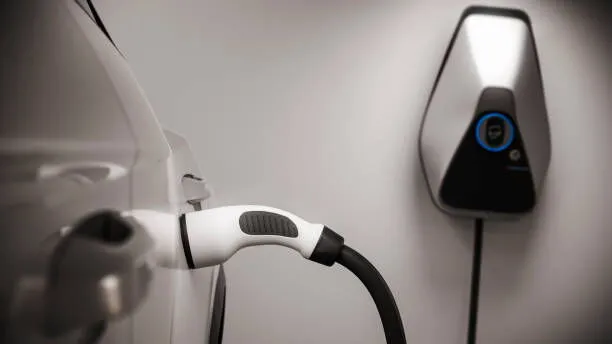Where Should You Charge Your EV? A Cost-Effective Guide for Drivers
Is It Cheaper to Charge an EV at Home or in Public?
Introduction Topper Company, a leading professional EV charger manufacturer in China, provides reliable electric vehicle charging station equipment and comprehensive solutions.
As electric vehicles (EVs) continue to gain popularity, a common question arises among drivers: Where should I charge my EV—and which option saves the most money? From home setups to public charging stations, EV owners have multiple ways to keep their vehicles powered. However, the cost of charging can vary widely depending on location, method, and electricity rates.
This article breaks down the main charging options, compares electricity costs across the U.S., and helps you decide whether home charging or public charging stations make the most economic sense for your EV lifestyle.
EV Charging Options: An Overview
1. Standard Wall Plug (Three-Pin Plug / Trickle Charging)
This method uses a regular household outlet and is the slowest way to charge. It's often called “trickle charging” because the current is low. A full charge can take overnight or longer, depending on battery size.
- Pros: No installation required, convenient for emergency or occasional use
- Cons: Extremely slow; not recommended for daily use or large batteries
2. Dedicated Home Charging Station (Wall Box Charger)
A Level 2 charger installed at home delivers higher voltage (typically 240V), cutting charge time substantially.
- Pros: Faster charging (4-10 hours for most EVs), convenient, cost-effective long-term
- Cons: Upfront cost for equipment and installation (often offset by rebates)
3. Public Charging Stations
Public chargers come in two main types:
- Level 2 Chargers: Slower than fast chargers but widely available and cheaper per kWh
- DC Fast Chargers (Level 3): Provide rapid charging (up to 80% charge in under an hour), ideal for long trips
While public stations are convenient, especially on the road, they tend to be more expensive than home charging.
Home Electricity Rates in the U.S.
Electricity prices vary considerably by state, affecting how much it costs to charge at home:
| Location | Average Rate (per kWh) |
|---|---|
| Hawaii | $0.41 |
| California | $0.31 |
| Connecticut | $0.31 |
| National Average | $0.16 |
| Washington | $0.11 |
What Does It Cost to Charge at Home?
Consider an EV with a 40 kWh battery:
- At the national average ($0.16/kWh), a full charge costs about $6.40
- In Washington, it's about $4.40
- In Hawaii, it climbs to $16.40
Larger battery EVs (e.g., 100 kWh) scale proportionally.
Cost per Mile for Home Charging
EVs generally get 3 to 4 miles per kWh, translating to roughly:
- $0.05 per mile on average
- Even lower in states with cheap electricity or off-peak rates
Annual Home Charging Costs
With the average American driving about 13,489 miles per year, charging at home costs between $506 and $720 annually—far less than traditional gasoline, which can cost $1,600 to $2,100 annually.
Public Charging Station Costs
Level 2 Public Chargers
- Cost per hour: $1 to $5
- Cost per kWh: $0.20 to $0.25
- Full charge (~40 kWh): $8 to $10
DC Fast Chargers (Level 3)
- Cost per kWh: $0.40 to $0.60
- Full charge (~40 kWh): $16 to $24
- Some charge by the minute rather than kWh
Annual Public Charging Costs Compared to Home Charging
If you relied solely on public charging:
- Level 2: $770 to $963 annually
- DC Fast Charging: $1,540 to $2,300 annually
While public charging is convenient, frequent use can erase much of the cost savings that come with owning an EV.
How to Maximize Your Savings
- Install a Home Charger: Level 2 home chargers are the best balance of speed and cost, especially with available incentives.
- Use Time-of-Use (TOU) Rates: Charge during off-peak hours when electricity is cheaper.
- Charge Smart on the Road: Use Level 2 public chargers when possible and reserve DC fast charging for emergencies or long trips.
- Monitor Your Usage: Utilize apps and vehicle software to track charging patterns and costs.
Conclusion: Home Charging Is King
For most EV owners, home charging is the most cost-effective, convenient, and reliable method. Public charging stations are essential for travel and urban living but tend to be pricier. By investing in a home charging station and optimizing when and how you charge, you can significantly reduce your transportation expenses and enjoy the full benefits of electric driving.Know more about Google SEO Directory
